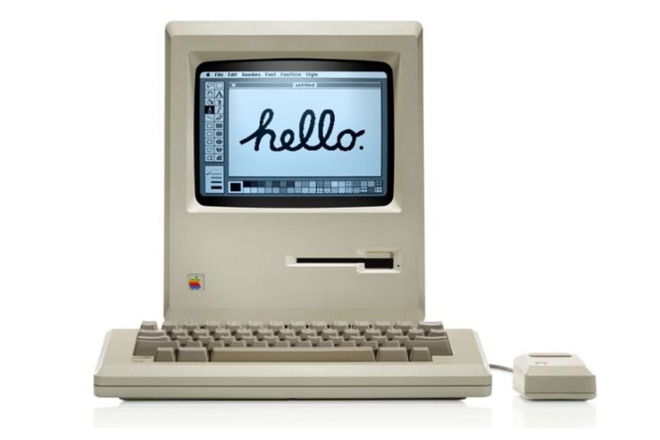Apple has been on a chart-topping hot streak for more than a decade now.
Sure, there were a few embarrassing years in the 1990s when the company narrowly dodged bankruptcy, but it turned out to be the proverbial fire from which a newer, stronger Apple was forged.
Steve Jobs was the company’s visionary co-founder and leader until his death in 2011. Under his reign, nearly all of the most iconic Apple products saw their debut.
Jobs’ legacy is controversial, to put it lightly. He was a tyrant to his employees, followed a bizarre fruit-only diet, and reportedly smelled like raw sewage.
He also created a multitrillion-dollar success story that you will find featured in every business school textbook. Just flip to the page on “vertical integration.”
See, Jobs knew that the product itself isn’t everything. There’s so much more to it than that….
Technology Is All About Connections
Back in the early days of computers, no one was really jumping at the idea of putting one in their house, and not just because they were the size of small rooms.
Even executives at big-name tech companies were skeptical about the future of personal computers, and not because they doubted the technology, per se.
We take our data-driven world for granted, but back then it was hard to imagine a use for what most people considered to be overgrown calculators.
We can’t exactly blame them. Nobody could have predicted how radically computing technology would change human society.

During their infancy, computers were awkward and laughably underpowered by today’s standards. They were smart enough to chew through simple data, but they didn’t offer much in the way of entertainment.
The very first personal computers hit the market in the ’70s and ’80s. They were tough to use and only had a few applications, but they were enough to spark the world’s curiosity.
Then in 1983, Apple dropped a product that revolutionized the way people interact with computers. It was a milestone that almost immediately became the standard everywhere.
The Apple Lisa was the first computer to use a graphical user interface (GUI) to navigate programs. Before this, any commands had to be typed manually using the keyboard.

A year later, Apple’s famed Macintosh made its first appearance during a Super Bowl commercial. It brought a GUI and a host of different programs to the masses and catapulted Apple into the public consciousness.
The era of consumer computing had officially begun.
Our analysts have traveled the world over, dedicated to finding the best and most profitable investments in the global energy markets. All you have to do to join our Energy and Capital investment community is sign up for the daily newsletter below.
Selling the Experience, Not Just the Hardware
Every single machine released after the Macintosh relied on a GUI. It was a simpler, more intuitive way for people to interact with the programs on the screen.
Fast-forward to 1998, the year the iMac was released. It contained a new operating system that was specifically designed to be user-friendly. Even the most technologically inept could figure it out after a few attempts.

This new focus on user experience rocked the computing world once again. Apple had pioneered yet another standard while competitors like IBM took notes.
The iPod, Macbook, and eventually iPhone all owe their success to the same concept. The hardware itself was top-notch, but the real showstopper was how well everything worked together.
Apple’s ecosystem of apps and devices has been its crowning achievement so far, but it pales in comparison to one of the company’s best-kept secrets.
Very little official information has been made public about this. From what we have learned, everything we know about traditional computer design is becoming a relic of the past.
Credit goes to Keith Kohl and the Technology and Opportunity team for this exclusive inside look at one of Apple’s top-secret research divisions. Thanks to Keith’s research, we got the tip-off that Apple’s engineers are keeping something big under wraps.
It’s going to be bigger than the iPhone and Macbook combined. In fact, if the project is successful, it could make the entire concept of handheld electronics obsolete.
That might sound like an exaggeration, but if anything, I’m underselling it.
Engineers have been dreaming about this type of technology since it was nothing more than a sci-fi movie plotline. Click here to see exactly how you can maximize your profits on Apple’s next big revolution.
To your wealth, Luke Sweeney Luke’s technical know-how combined with an insatiable scientific curiosity has helped uncover some of our most promising leads in the tech sector. He has a knack for breaking down complicated scientific concepts into an easy-to-digest format, while still keeping a sharp focus on the core information. His role at Angel is simple: transform piles of obscure data into profitable investment leads. When following our recommendations, rest assured that a truly exhaustive amount of research goes on behind the scenes..
Contributor, Energy and Capital

